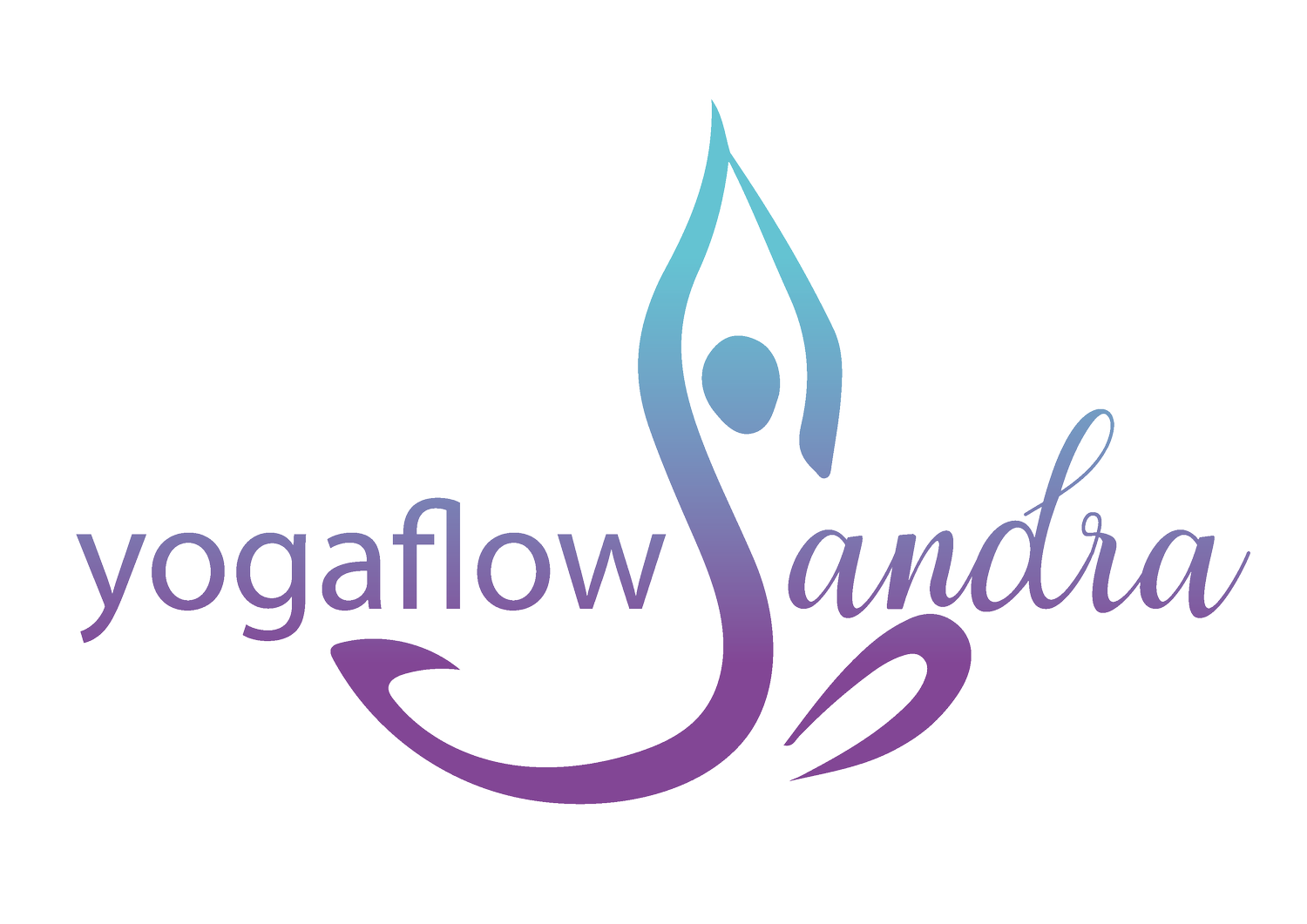I was listening to a lecture by Bernie Clarke, the well-known author and Yin Yoga teacher. He shared a story about his student, Fred*, who, for years, was instructed to “bring his feet together parallel” in a yoga pose. But every time Bernie looked up, there was Fred—feet firmly splayed like a ballet dancer in first position, heels together, toes out. Despite Bernie’s relentless efforts to nudge him into the “correct” position, Fred’s feet just wouldn’t cooperate. The answer, it turns out, lay in the unique twists and torsions of Fred’s bones. But this raises many questions: Why was Fred’s body doing this? Why do feet have to be parallel? And what makes a yoga pose “correct”?
Much of yoga is cued based on ideal shapes, but are these “ideals” truly functional? When was the last time you needed to stand on one leg with your hands overhead in prayer position? Why not let the arms flap about a bit for balance? There are many possible answers. One is that it looks better. Another is that the discipline of holding a structured shape requires more effort. Yet another is that traditional poses became standardized in form and function, and this shape-focused cueing has simply become ingrained in yoga instruction.
Lego and the Art of Assembling Humans
Imagine we’re made of Lego blocks. The feet click into the shins, which click into the thighs, which connect with the pelvis, topped by the torso, and finally, the head plonked on top. Voilà, the ideal Lego human: feet straight, knees aligned with toes, hips in place, all lined up in pristine symmetry.
But we’re not made of hard, symmetrical blocks of plastic. Instead, we’re built from bones, muscles, blood, fascia, cartilage, connective tissue, nerves, fat. We have structure, yes, but within that structure lies endless variation, wobbles, and unique twists.
The Twist in Our Tibias
If I asked you to draw a bone, you’d probably sketch a classic cartoon version—like the one Spike the bulldog in Tom and Jerry might chew on: a straight middle with two rounded ends. Real bones don’t quite look like that. Take the shin bone, or tibia, for example. It has a knobby bit at the top that connects to the thigh bone, creating the knee hinge, and another knobby bit at the bottom where it meets the ankle. And here’s the twist—literally. The long middle section isn’t straight at all; it has a natural torsion, a spiral twist that develops as we grow. This torsion is unique to each person, giving our bones their individual shape and alignment.
This means your tibia might twist at a different angle than mine. So, even if your thigh and knee are aligned, a greater twist in your shin bone could make your foot naturally point outward rather than forward.
That was exactly the case for Fred and his ballet feet—his hips and knees were perfectly in line, but the natural torsion in his tibia caused his feet to turn outward. Then along comes the teacher, insisting on “correct” alignment, forcing Fred to bring his feet parallel. Now Fred is uncomfortable, with an awkward twist in his hips, pressure in his knees, and probably wondering if yoga is some kind of torture—all because his unique bone structure wasn’t being respected.
Some Science About Tibial Torsion
A 2001 study on tibial torsion found that, by age four, children typically have around 28 degrees of lateral twist in their tibias, with some variation between individuals. This twist, or torsion, continues to increase gradually, reaching an average of 38 degrees in adults, with ranges from 18 to 47 degrees.
To put this in perspective, imagine the space between your feet: with 18 degrees of torsion, you might only fit a small apple between your toes, but with 47 degrees, you could slide in a basketball! In practical terms, the angle between a person’s feet can vary naturally by up to 76 degrees. Perhaps this was Fred, with his ballet first-position feet?
Why Bones Grow with a Twist
Torsion develops naturally as we grow, influenced by genetics, movement patterns, and forces exerted on the bones. In our early years, especially in the first four years of life, bones are incredibly malleable. They adapt to the various twists, turns, and loads from crawling, toddling, running, and playing. Once we reach adulthood, however, bone torsion becomes relatively fixed; it’s a structural feature of our anatomy, not something we can change through stretching or alignment. Our bones are beautifully unique, shaped by our personal history of movement and growth, and they’ll continue to reflect that uniqueness as we move through life.
Be Your Own Authority
We each have unique anatomical features that influence how we move. In yoga, it’s essential to listen to your body and ask, How does this feel? Is there a sensation of structural limitation, something beyond your control? Or is there tension that may release with time and practice?
If you need to, ignore cues that don’t work for you, tune into your body and adjust accordingly. And if you’re unsure, a good teacher will be more than willing to suggest different options.
Taking this philosophy beyond the mat: what else in life have you been told to conform to that doesn’t quite work for you? (Be slimmer, be richer, be endlessly productive?) How often do we adjust ourselves to fit a standard that wasn’t designed with us in mind, bending to expectations that ignore our individuality? Just like in yoga, real growth often comes from honouring what feels right for you, rather than following a one-size-fits-all blueprint.
Take a moment to ask yourself: What feels right?
*I can’t remember the real name.

